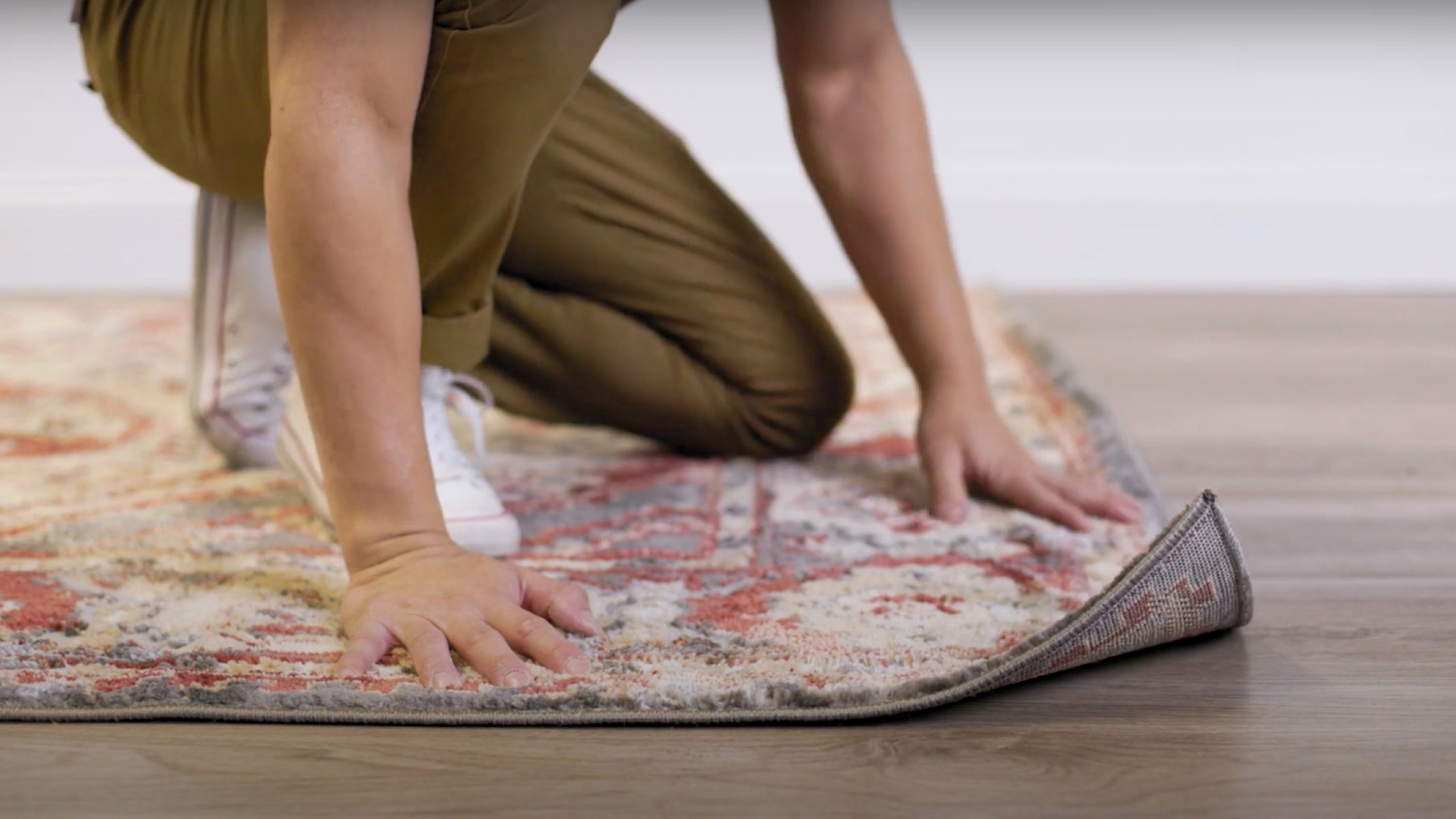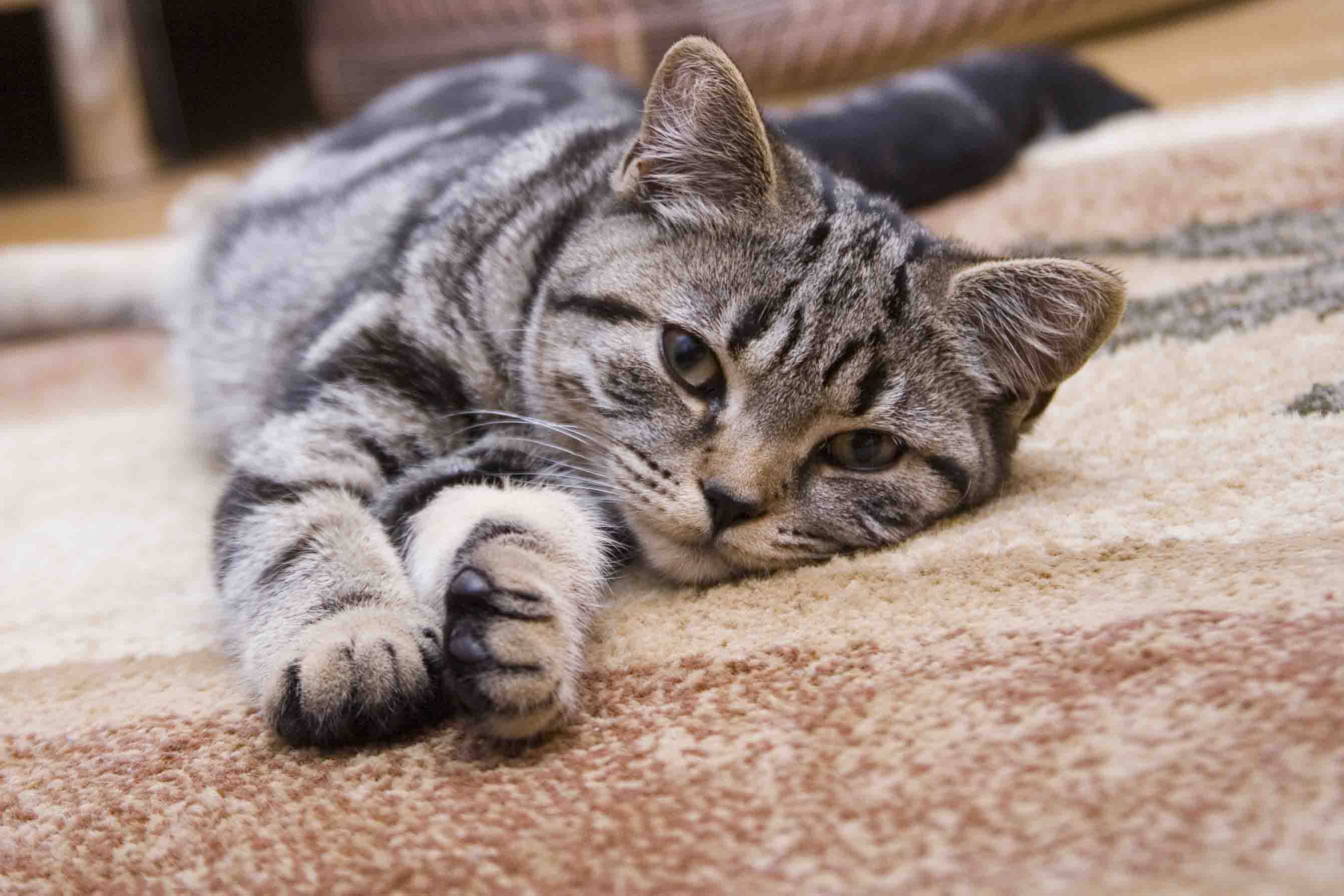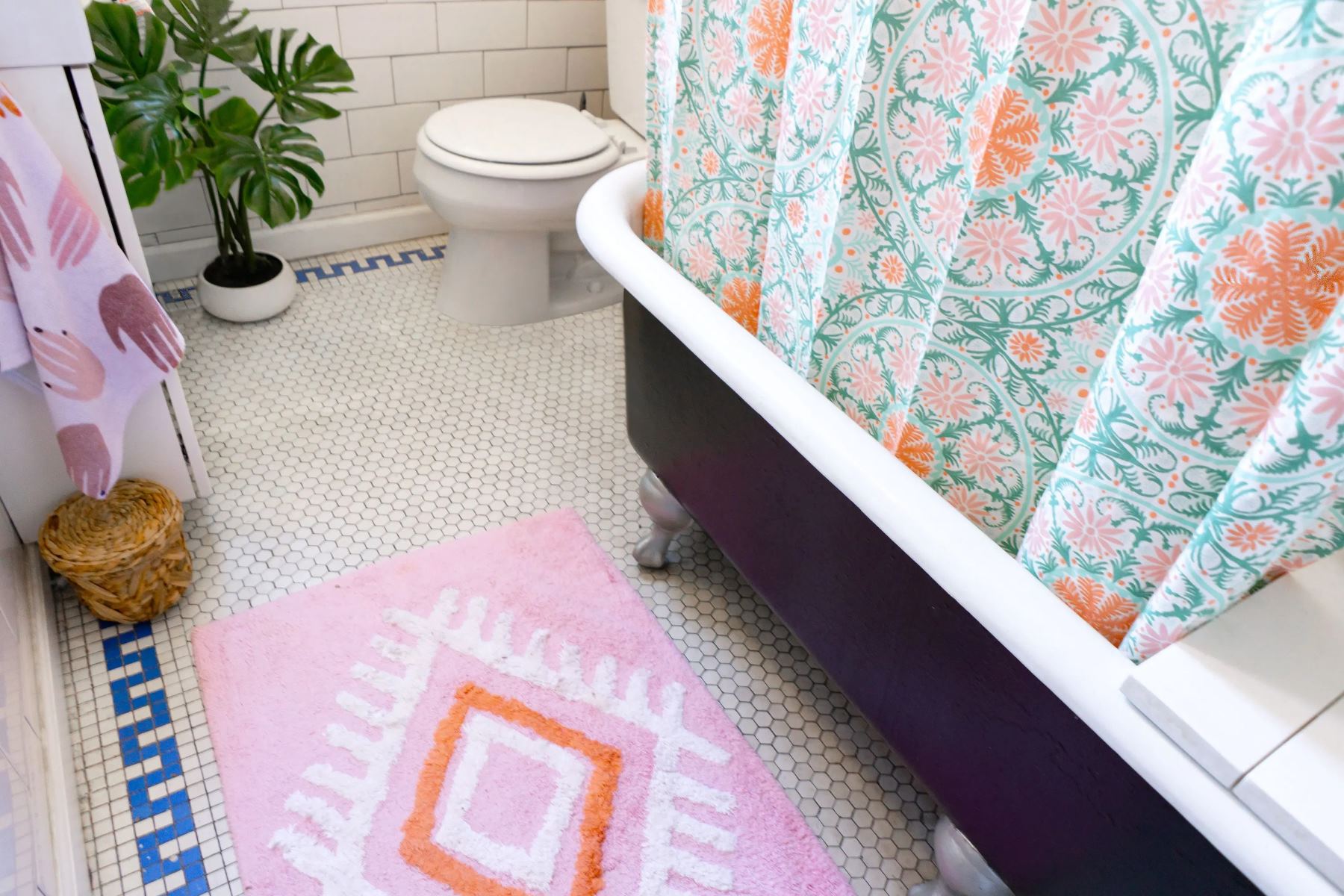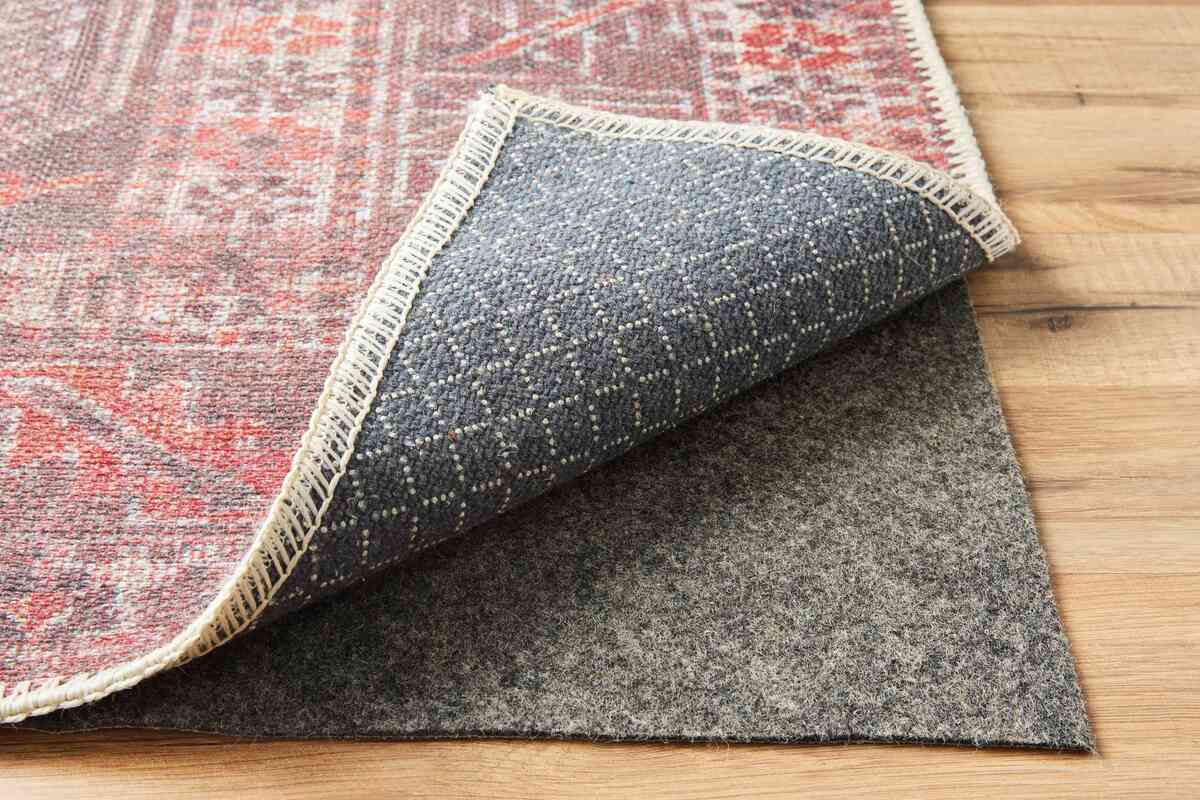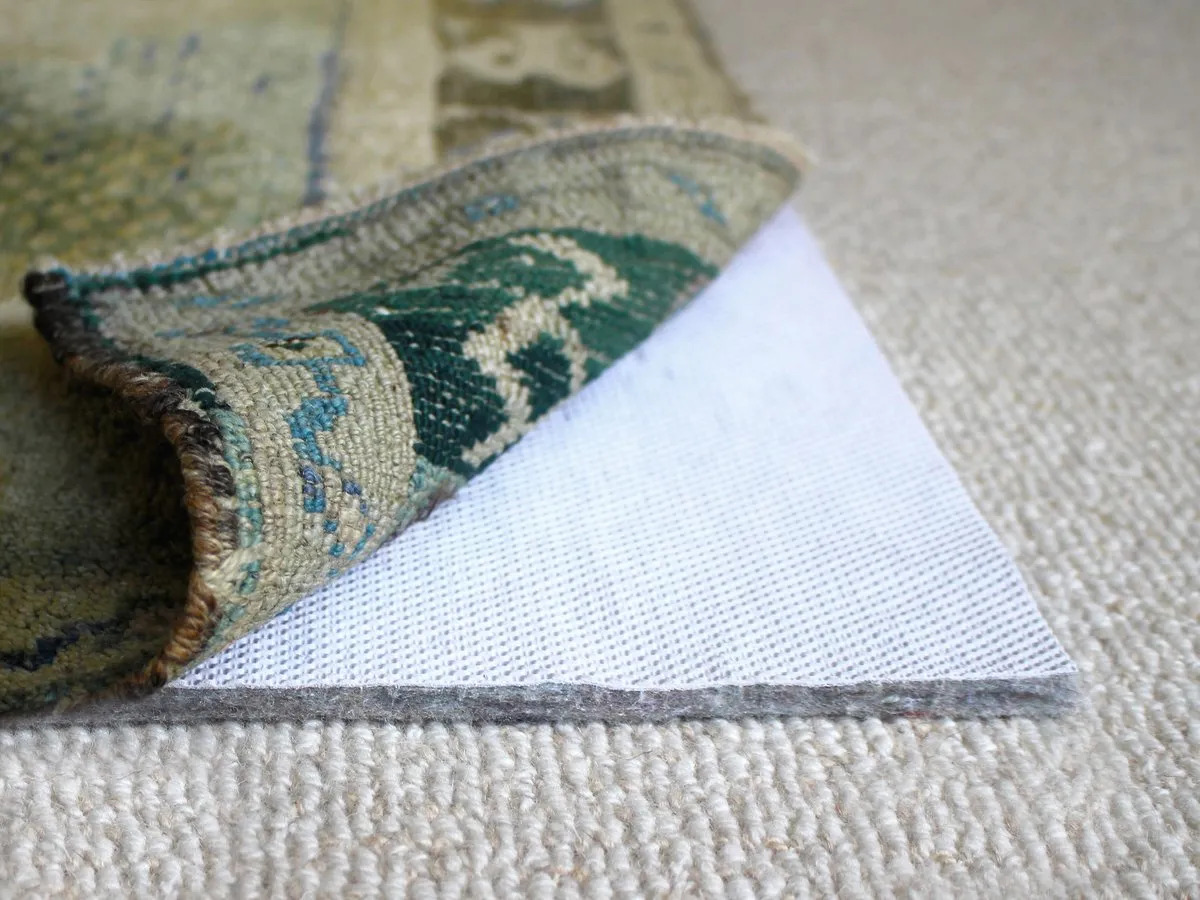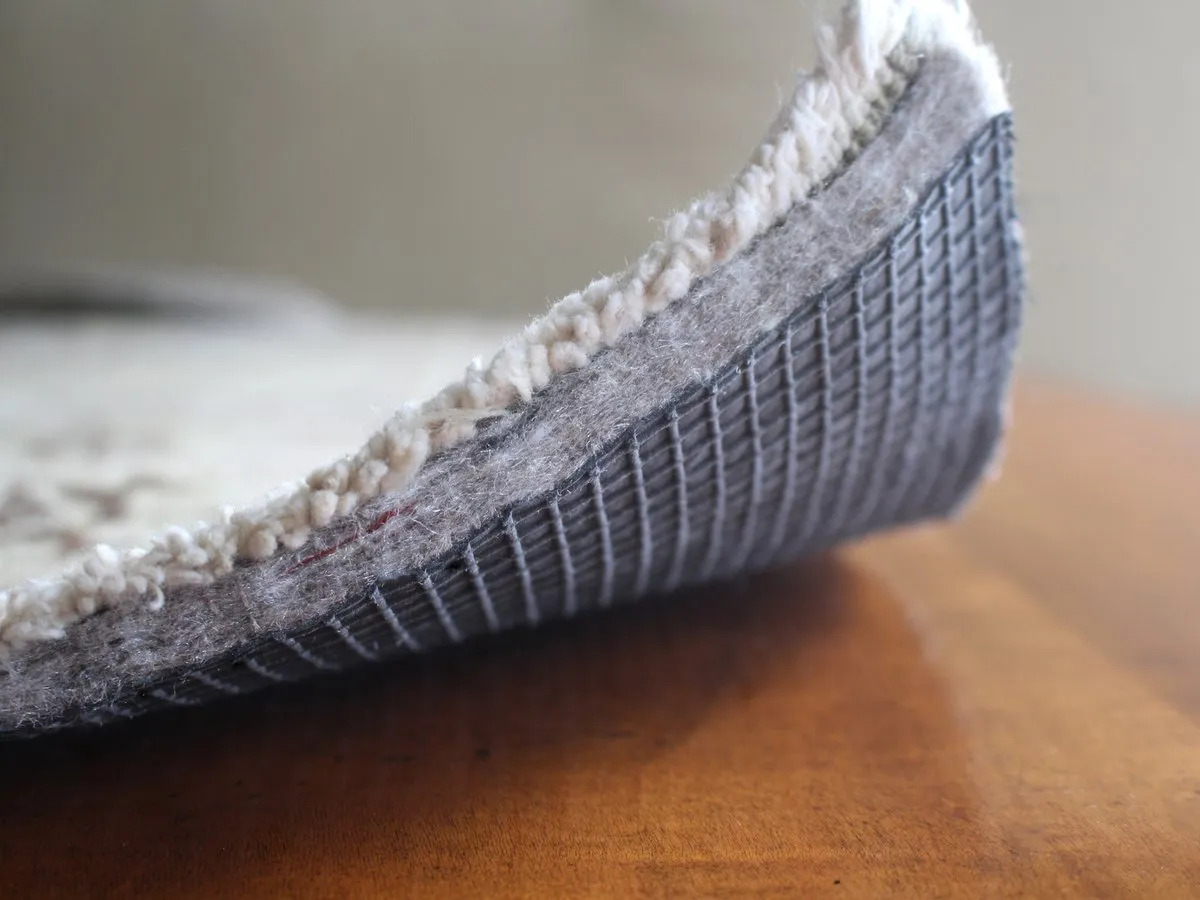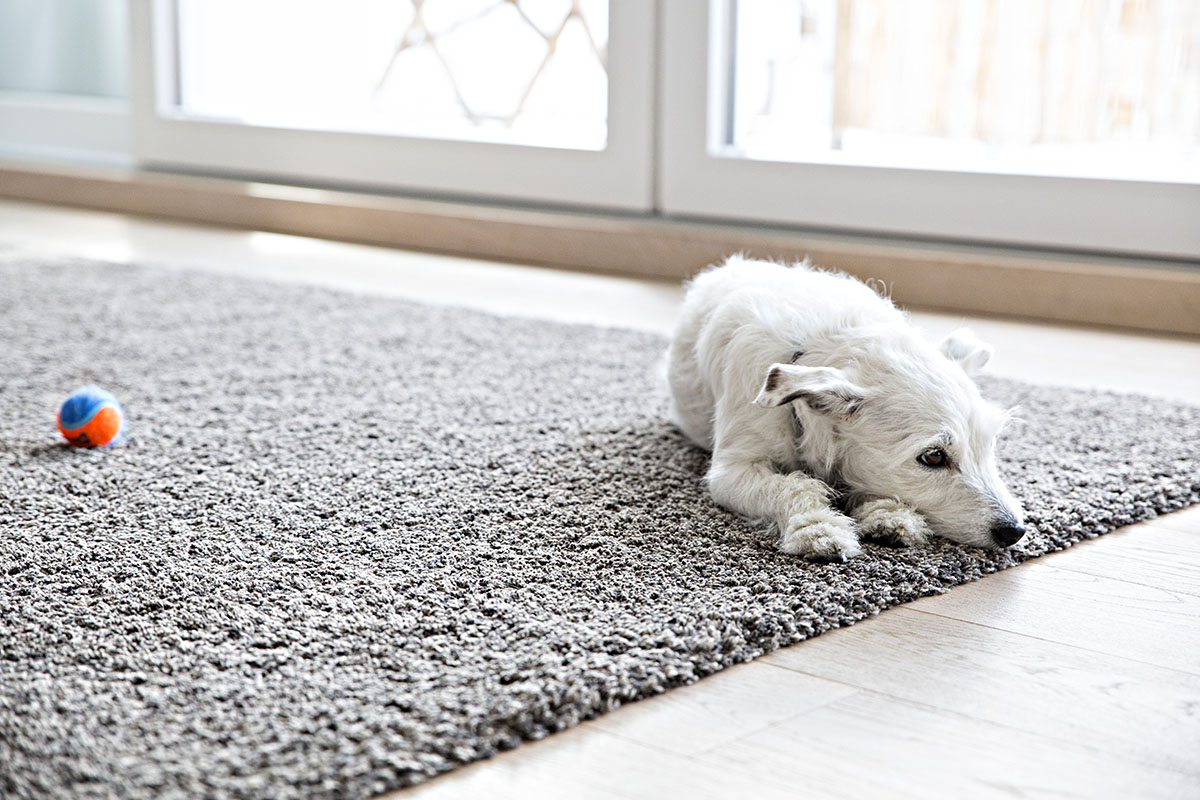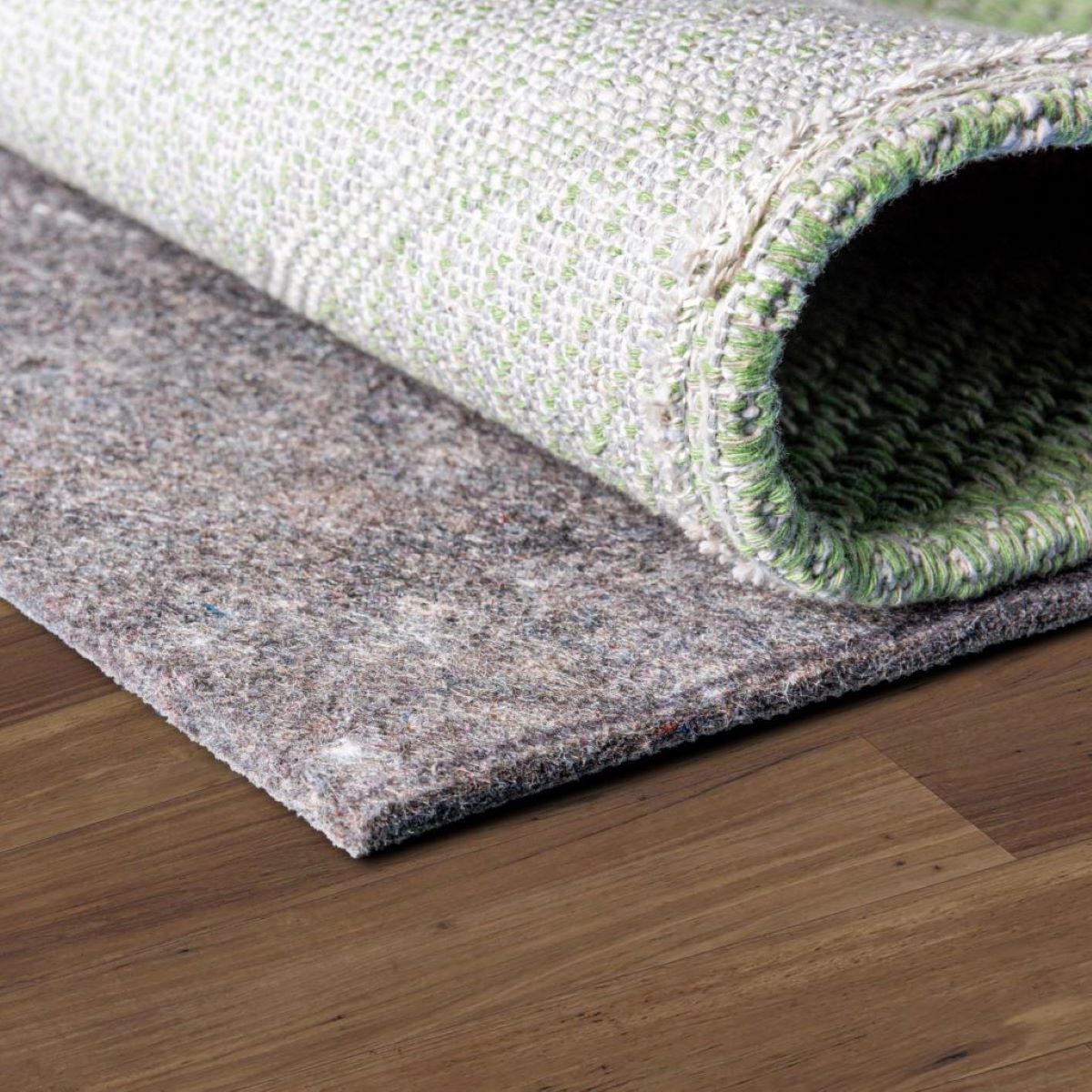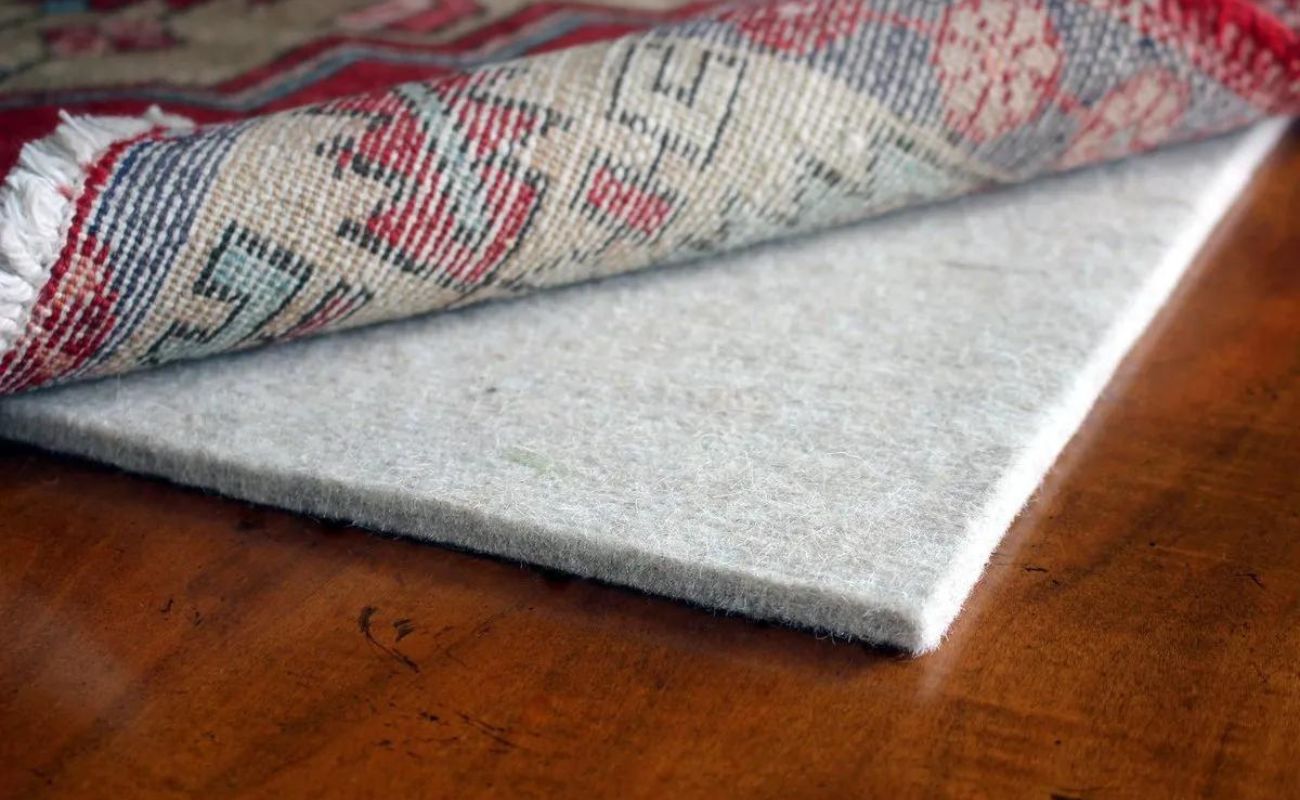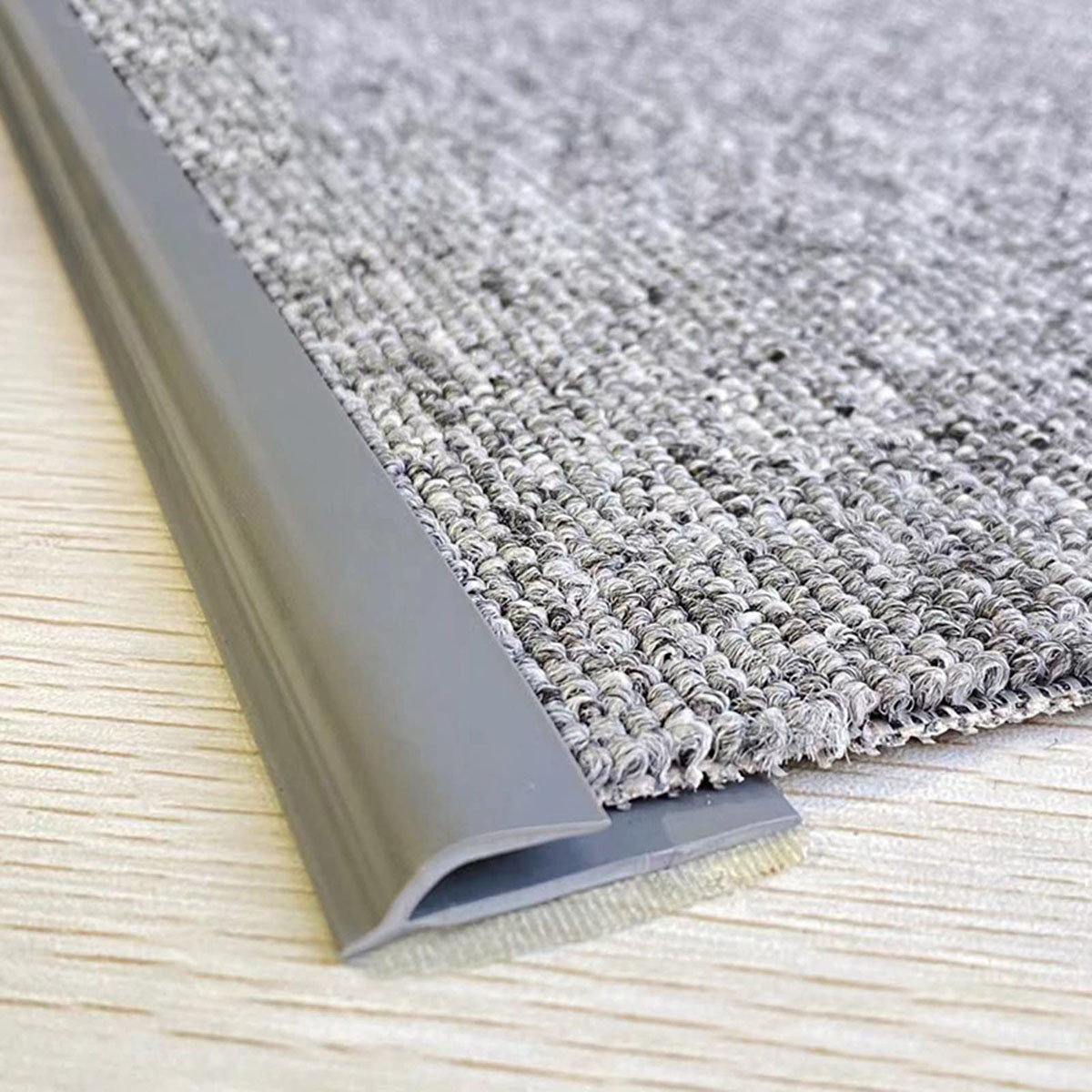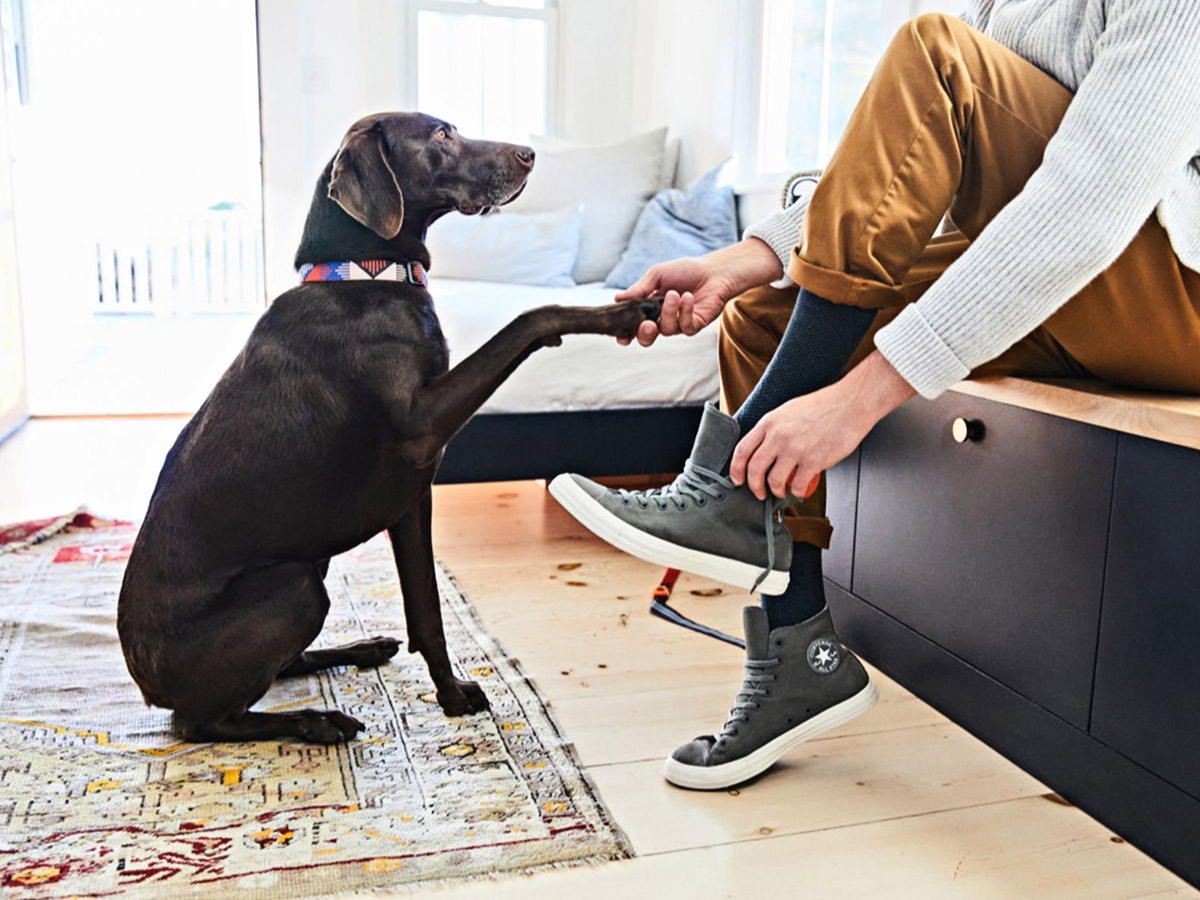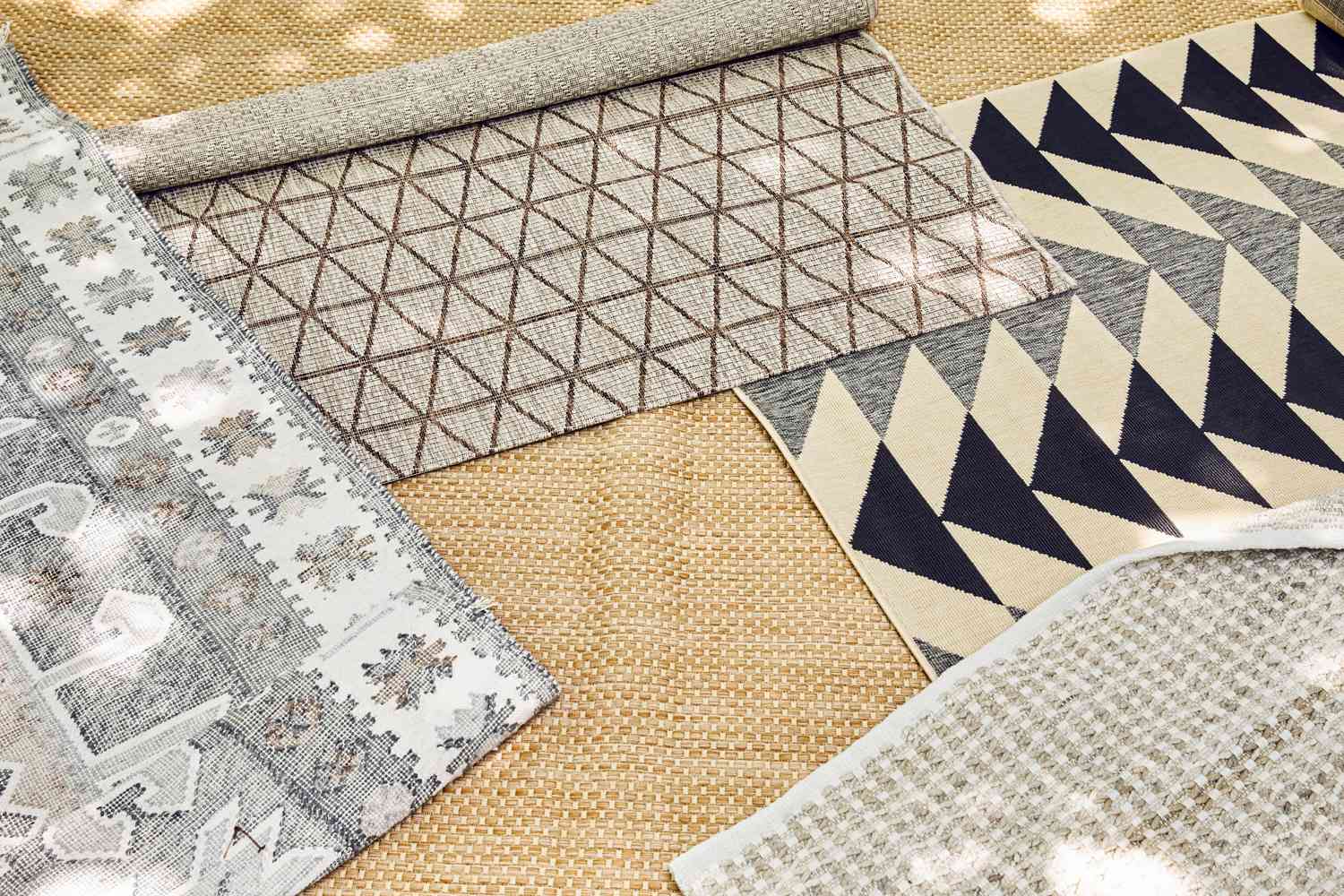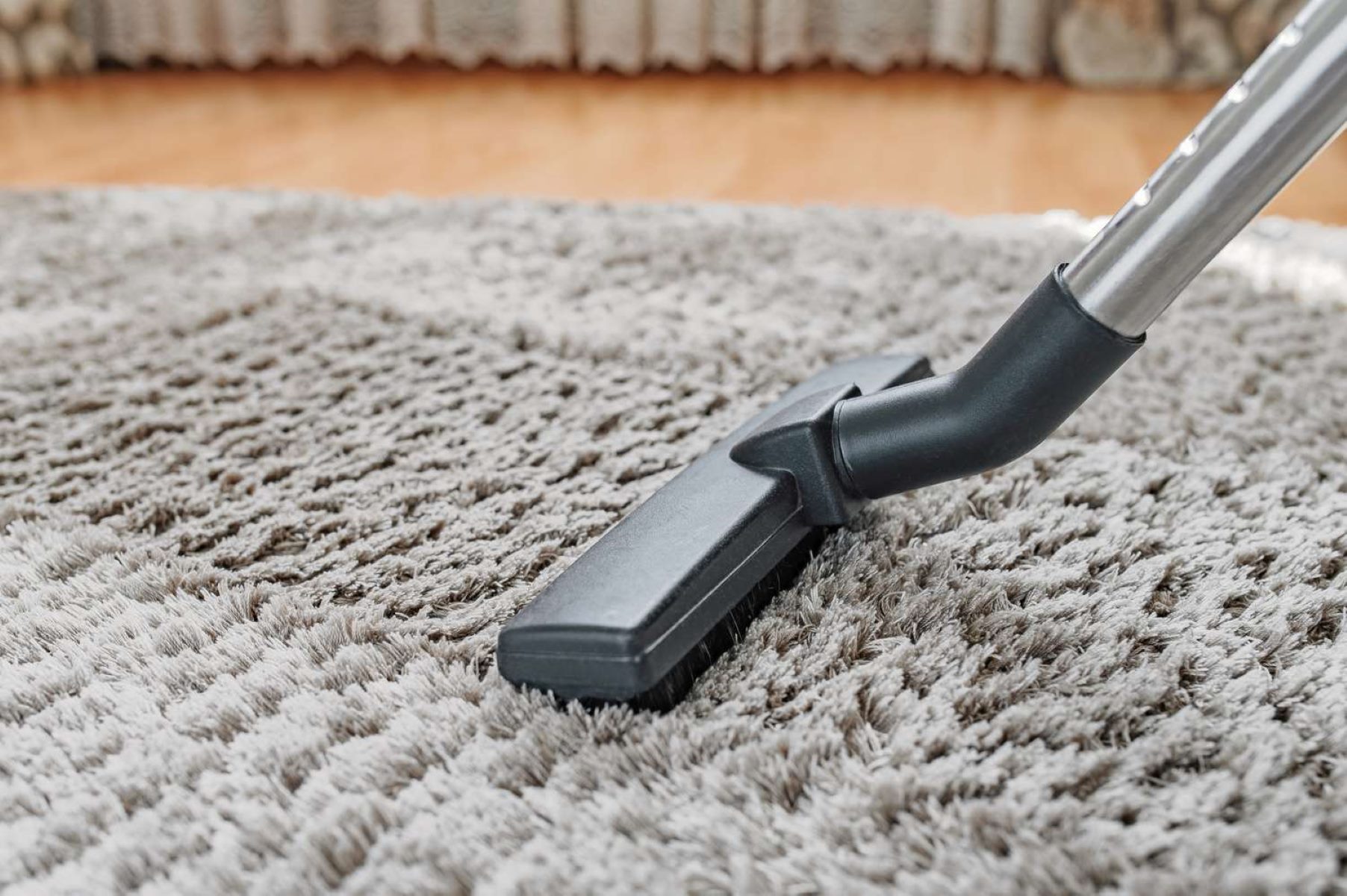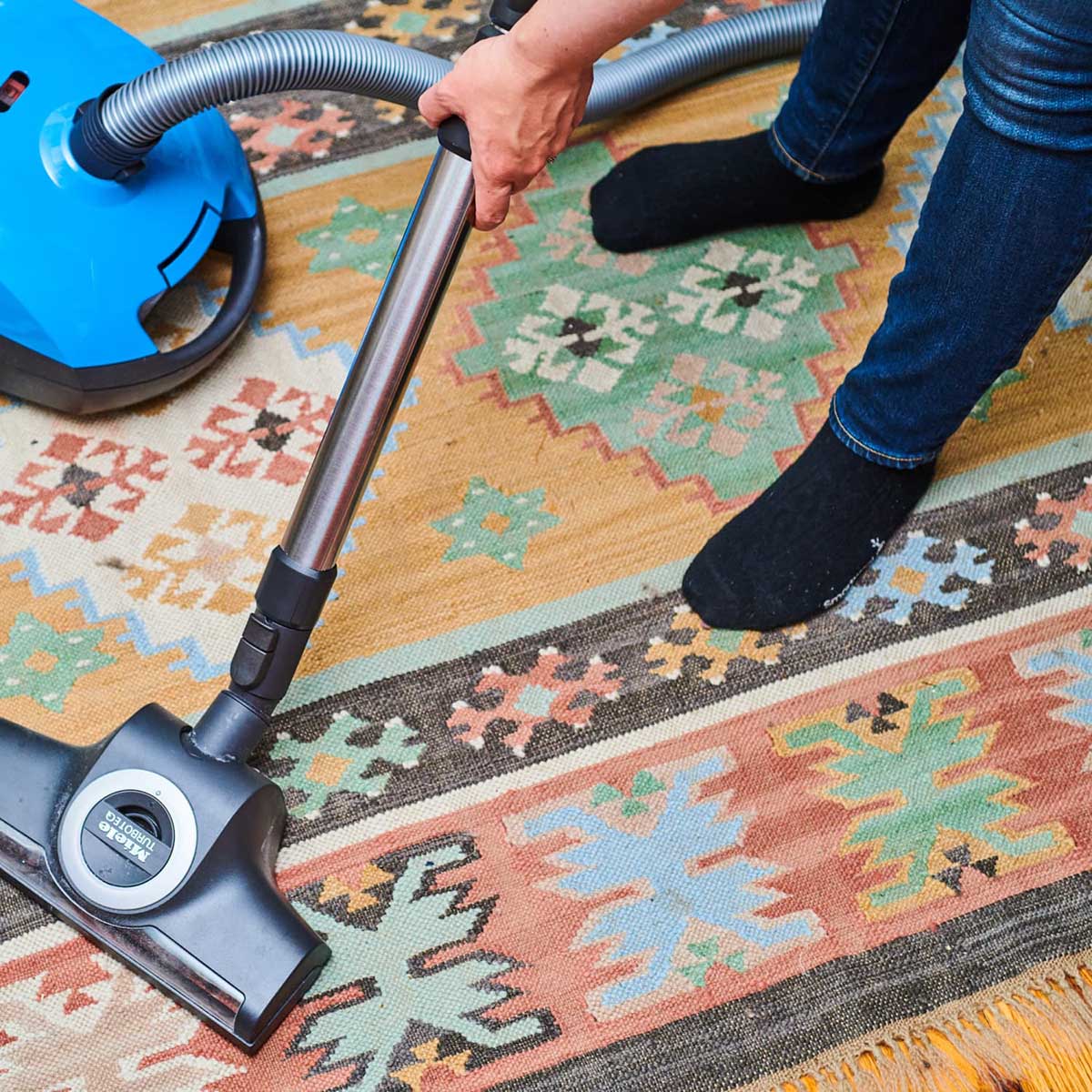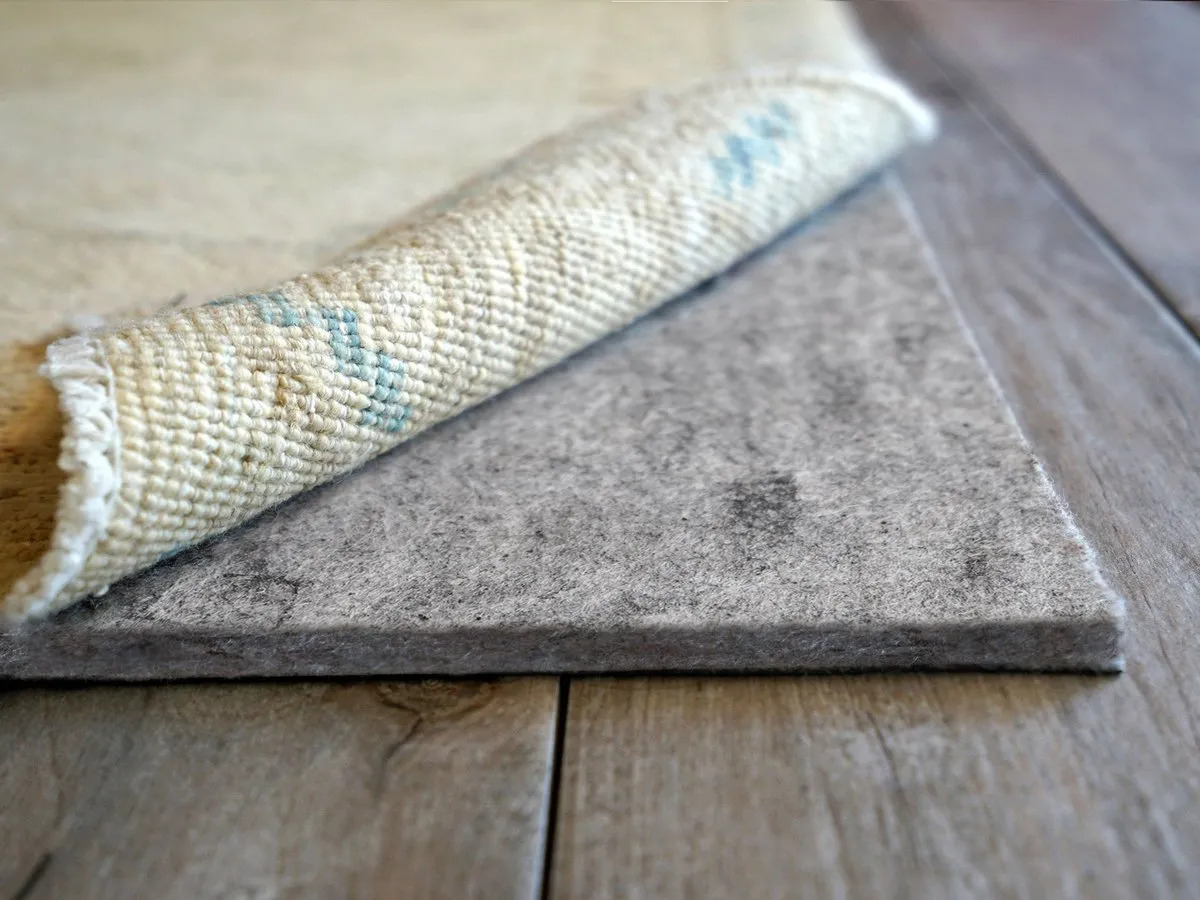

Articles
How To Keep A Rug From Bunching On A Carpet
Modified: February 25, 2024
Learn effective strategies for keeping your rug from bunching on a carpet with these insightful articles. Take control of your home decor and prevent unsightly rug movement.
(Many of the links in this article redirect to a specific reviewed product. Your purchase of these products through affiliate links helps to generate commission for Storables.com, at no extra cost. Learn more)
Introduction
Having a rug on top of a carpet can add style, warmth, and comfort to any room. However, one of the common problems people face with this combination is rug bunching. Rug bunching occurs when the rug shifts or wrinkles, creating a tripping hazard and an unpleasant aesthetic. Not only can it be annoying to constantly readjust your rug, but it can also potentially cause damage to both the rug and the carpet.
Fortunately, there are several effective solutions to keep a rug from bunching on a carpet. In this article, we will explore various methods and techniques to help you achieve a smooth and stable rug placement that stays in place, ensuring both safety and visual appeal.
Before we dive into the solutions, let’s first understand the causes of rug bunching on a carpet. By identifying the underlying reasons, we can address them effectively and prevent rug bunching from occurring in the first place.
Key Takeaways:
- Choose a high-quality rug pad made of natural rubber or felt to prevent rug bunching. Proper cleaning, using double-sided carpet tape, and adjusting furniture placement can also help maintain a secure and visually appealing rug on the carpet.
- Seeking professional help can provide tailored solutions to prevent rug bunching. Professionals can assess the situation, offer expert advice, and even suggest custom rug solutions for a stable and secure rug placement.
Understanding the Causes of Rug Bunching on a Carpet
To effectively prevent rug bunching on a carpet, it is important to understand the root causes behind it. Here are some common reasons why rugs tend to bunch up:
- Inadequate Rug Pad: The absence or use of an improper rug pad is one of the leading causes of rug bunching. A rug pad creates a non-slip surface between the rug and the carpet, providing stability and preventing movement.
- Heavy Traffic: High foot traffic areas can cause rugs to shift and bunch up over time. The frequent movement and pressure exerted on the rug can weaken its grip and cause it to slide or wrinkle.
- Misaligned Furniture: Improper furniture placement can also contribute to rug bunching. When furniture legs are not evenly distributed on the rug, it can create tension and cause the rug to buckle or shift.
- Poor Maintenance: Neglecting regular cleaning and maintenance of both the rug and the carpet can lead to debris accumulation, which can affect the rug’s grip and contribute to bunching.
- Carpet Type: The type of carpet you have can play a role in rug bunching. Some carpets have a higher pile or are more slippery, making it more challenging for the rug to stay in place.
By understanding these causes, we can now explore various methods and techniques to prevent rug bunching and ensure a smooth and secure placement on the carpet.
Choosing the Right Rug Pad
When it comes to preventing rug bunching on a carpet, choosing the right rug pad is crucial. A rug pad acts as a protective barrier between the rug and the carpet, providing grip and stability to keep the rug in place. Here are some factors to consider when selecting a rug pad:
- Material: Opt for a rug pad made from high-quality materials such as natural rubber or felt. These materials offer excellent grip and prevent slipping or sliding.
- Thickness: The thickness of the rug pad depends on the type of rug and the level of cushioning desired. Thicker pads provide more cushioning but may elevate the rug too much, while thinner pads provide a more low-profile option.
- Size: Ensure that the rug pad is cut to the exact size of the rug. This prevents any overhang, which can lead to tripping hazards and unwanted bunching.
- Non-Slip Design: Look for a rug pad with a non-slip design that grips both the rug and the carpet. This prevents any movement or sliding, keeping the rug securely in place.
- Compatibility: Consider the compatibility of the rug pad with your carpet type. If you have a high-pile or plush carpet, opt for a rug pad specifically designed for this type of carpet to ensure effective grip.
Remember to measure your rug and carpet accurately before purchasing a rug pad to ensure a proper fit. Properly choosing and installing the right rug pad will make a significant difference in preventing rug bunching and maintaining a stable and secure rug placement on your carpet.
Properly Cleaning and Maintaining the Rug
In addition to choosing the right rug pad, proper cleaning and maintenance of the rug are essential to prevent rug bunching on a carpet. Regular care will not only extend the life of your rug but also help maintain its grip and prevent it from shifting. Here are some tips for properly cleaning and maintaining your rug:
- Vacuum Regularly: Vacuum your rug on a regular basis to remove dirt, dust, and debris that can accumulate and affect the rug’s grip. Pay attention to high traffic areas as they tend to collect more dirt.
- Spot Clean Spills: Immediately attend to spills or stains on your rug to prevent them from setting in. Blot the affected area with a clean cloth or paper towel and use a mild detergent solution to clean the stain. Avoid rubbing the stain, as it can push it deeper into the fibers.
- Rotate the Rug: To distribute the wear evenly and prevent excessive pressure on one spot, rotate the rug periodically. This will also help to prevent rug bunching caused by uneven wear.
- Avoid Direct Sunlight: Prolonged exposure to direct sunlight can fade the colors of your rug and weaken its fibers. If possible, place rugs in areas where they are not exposed to direct sunlight for extended periods of time.
- Professional Cleaning: Every once in a while, consider having your rug professionally cleaned. Professional cleaning helps remove deep-set dirt and revives the rug’s texture and appearance.
By following these cleaning and maintenance practices, you can help preserve the aesthetics and functionality of your rug while minimizing the chances of rug bunching on your carpet.
Using Double-Sided Carpet Tape
If you’re looking for an easy and effective solution to prevent rug bunching on a carpet, double-sided carpet tape can be a game-changer. Double-sided carpet tape provides a strong adhesive grip between the rug and the carpet, keeping the rug securely in place. Here’s how to use double-sided carpet tape:
- Clean the Area: Before applying double-sided carpet tape, make sure that both the rug and the carpet are clean and free from any dirt or debris. This will ensure better adhesion.
- Measure and Cut the Tape: Measure the length and width of the rug and cut the double-sided carpet tape into strips of the same size. It’s best to cut the tape slightly smaller than the rug to prevent it from sticking out.
- Apply the Tape: Carefully peel off the protective backing from one side of the tape and place it along the edges or corners of the rug. Press it firmly against the rug to ensure proper adhesion.
- Secure the Rug: Once the tape is applied to the rug, carefully position the rug on the carpet in the desired location. Press down firmly on the rug to bind it to the carpet using the adhesive side of the tape.
- Smooth Out Any Bunches: Gently smooth out any wrinkles or bunches in the rug, applying pressure to ensure that the tape securely holds the rug in place.
- Trim Excess Tape: If there is any excess tape sticking out from the edges of the rug, trim it off using scissors or a utility knife for a neat and seamless result.
Double-sided carpet tape is a simple yet effective solution to prevent rug bunching, especially for smaller rugs or rugs with lighter weight. It provides a strong grip without causing any damage to the rug or the carpet. Remember to use caution when removing the tape from the carpet to avoid any residue or damage to the carpet fibers.
Use a non-slip rug pad to keep the rug in place on the carpet. The pad provides traction and prevents bunching or slipping.
Read more: How To Keep Rugs From Moving On Carpet
Adjusting Furniture Placement
Improper furniture placement can contribute to rug bunching on a carpet. Uneven distribution of weight can cause tension and instability, leading to the rug shifting or wrinkling. By adjusting your furniture placement, you can help alleviate the problem of rug bunching. Here are some tips:
- Center the Rug: Ensure that the rug is properly centered under the furniture. This not only helps to create a visually appealing arrangement but also distributes the weight evenly, reducing the chances of rug bunching.
- Use Furniture Pads: Place furniture pads or felt sliders under the legs of your furniture. This helps to reduce friction between the furniture and the rug, minimizing the risk of the rug sliding or bunching when the furniture is moved.
- Opt for Rug Anchors: Rug anchors are adhesive tabs or straps that anchor the corners or edges of your rug to the carpet or floor. These anchors help to hold the rug in place, preventing it from bunching or slipping as furniture is moved or when people walk over it.
- Consider Rug Stopper Grips: Rug stopper grips are rubber or silicone grippers that can be placed under the corners of the rug to provide additional traction. These grips adhere to the carpet and help to keep the rug in place, reducing the likelihood of bunching.
- Reposition and Balance Furniture: If you notice that one side of the rug tends to bunch up more than the other, consider repositioning or balancing your furniture. Distribute the weight evenly by adjusting the placement of your furniture, ensuring that it sits properly on the rug.
By making adjustments to your furniture placement and using additional tools such as furniture pads, rug anchors, or rug stopper grips, you can significantly reduce the chances of rug bunching on your carpet.
Considering Rug Grippers or Catches
Rug grippers or catches are handy tools that can help keep your rug from bunching on a carpet. These grippers are usually made from rubber or adhesive materials that provide the necessary grip to prevent the rug from slipping or moving. Here’s what you need to know about using rug grippers or catches:
- Clean the Area: Start by cleaning the area where the rug will be placed. Remove any dust, debris, or moisture that may affect the adhesion of the rug grippers.
- Choose the Right Grippers: Select rug grippers or catches that are suitable for your specific rug and carpet type. Consider factors such as thickness, material, and size to ensure a snug and secure fit.
- Position the Grippers: Place the rug grippers or catches evenly along the edges or corners of the rug. Make sure to leave a gap of about 1-2 inches between the grippers and the edge of the rug for optimal adhesion.
- Peel and Stick: Peel off the protective backing from the grippers to expose the adhesive side. Then, firmly press the grippers onto the underside of the rug, ensuring they adhere securely.
- Smooth Out Any Bunches: Once the rug grippers are in place, carefully position the rug on the carpet. Use your hands or a smooth, flat object to press down and smooth out any wrinkles or bunches in the rug, ensuring proper adhesion.
- Check for Proper Grip: After positioning the rug, check that the grippers are securely holding the rug in place. Gently tug on the corners or edges of the rug to ensure it doesn’t slide or bunch up.
Rug grippers or catches are particularly useful for smaller rugs or rugs with lighter weight. They provide a reliable and removable solution to prevent rug bunching, without causing any damage to the rug or the carpet. It’s important to periodically check the grippers and replace them if they lose their adhesion to ensure maximum effectiveness.
Seeking Professional Help
If you’ve tried various methods to prevent rug bunching on your carpet but are still facing challenges, it may be wise to seek professional help. Professional carpet installers or rug specialists have the expertise and knowledge to assess the situation and provide tailored solutions. Here’s how professional help can assist with your rug bunching issue:
- Assessment and Advice: Professionals can assess your specific situation, including the type of rug, carpet, and the layout of the space. They can offer expert advice on the best course of action to prevent rug bunching and ensure a stable and secure placement.
- Rug Repair or Adjustment: In some cases, a professional may suggest rug repairs or adjustments that can address the issue of rug bunching. This may involve securing loose edges, reinforcing weak areas, or reshaping the rug to fit the space more effectively.
- Carpet Modification: If the carpet is contributing to the rug bunching issue, a professional can assess the carpet’s condition and make any necessary modifications. This may involve stretching, trimming, or installing additional padding to improve the carpet’s grip.
- Custom Rug Solutions: In situations where standard methods may not be effective, professionals can provide custom rug solutions. This may include creating specialized padding, adhesive systems, or other techniques tailored to your specific needs.
- Replacement Options: In some cases, the best solution may be to replace the rug or the carpet. A professional can guide you in selecting the right type of rug or carpet that is less prone to bunching and ensure proper installation to prevent future issues.
By seeking professional help, you can tap into the expertise of individuals who deal with rugs and carpets on a regular basis. They can provide effective solutions and guidance based on their experience, helping you achieve a rug placement that remains secure, functional, and aesthetically pleasing.
Conclusion
Rug bunching on a carpet is a common issue that can be both frustrating and potentially hazardous. However, with the right techniques and solutions, you can prevent rug bunching and enjoy a stable and secure rug placement. By understanding the causes of rug bunching, choosing the right rug pad, properly cleaning and maintaining the rug, using double-sided carpet tape, adjusting furniture placement, considering rug grippers or catches, and seeking professional help when needed, you can effectively address the problem.
Remember to choose a high-quality rug pad that provides grip and stability, clean and maintain your rug regularly, and use additional tools like double-sided carpet tape or rug grippers for added security. Adjusting furniture placement and seeking professional assistance can further enhance the stability and longevity of your rug on the carpet.
By implementing these solutions, you can ensure that your rug stays in place, minimizing the risk of tripping hazards and maintaining the visual appeal of your living space. Create a comfortable and safe environment by taking the necessary steps to prevent rug bunching on your carpet.
So, say goodbye to rug bunching and enjoy a seamless and hassle-free rug placement on your carpet!
Frequently Asked Questions about How To Keep A Rug From Bunching On A Carpet
Was this page helpful?
At Storables.com, we guarantee accurate and reliable information. Our content, validated by Expert Board Contributors, is crafted following stringent Editorial Policies. We're committed to providing you with well-researched, expert-backed insights for all your informational needs.
